May 26, 2025
Crypto Wallets 101: Hot vs. Cold Wallets Explained
Welcome to the fascinating world of cryptocurrency! Whether you're a newcomer curious about how to safely store your digital assets or someone looking to deepen your understanding of crypto security, this comprehensive guide on cryptocurrency wallets is for you. In this article, inspired by insights from Dr. Funky’s Funky Faucet Vodcast, we’ll break down the essentials of crypto wallets—what they are, why they matter, and how to choose the right one for your needs.

Understanding Cryptocurrency Wallets: What Are They Really?
Many people new to crypto mistakenly believe that wallets store their coins directly. However, the truth is a bit different—and far more important. Cryptocurrency wallets do not actually hold your coins. Instead, they store the keys that give you access to your coins on the blockchain.
Think of your wallet as a key ring rather than a piggy bank. Your coins live on the blockchain, a decentralized ledger, and your wallet holds the keys that unlock access to those coins. Without these keys, your cryptocurrency is inaccessible—even if it’s technically still there.
This distinction is critical because it highlights why wallet security is paramount. Losing your keys means losing your coins forever, with no central authority to recover them.
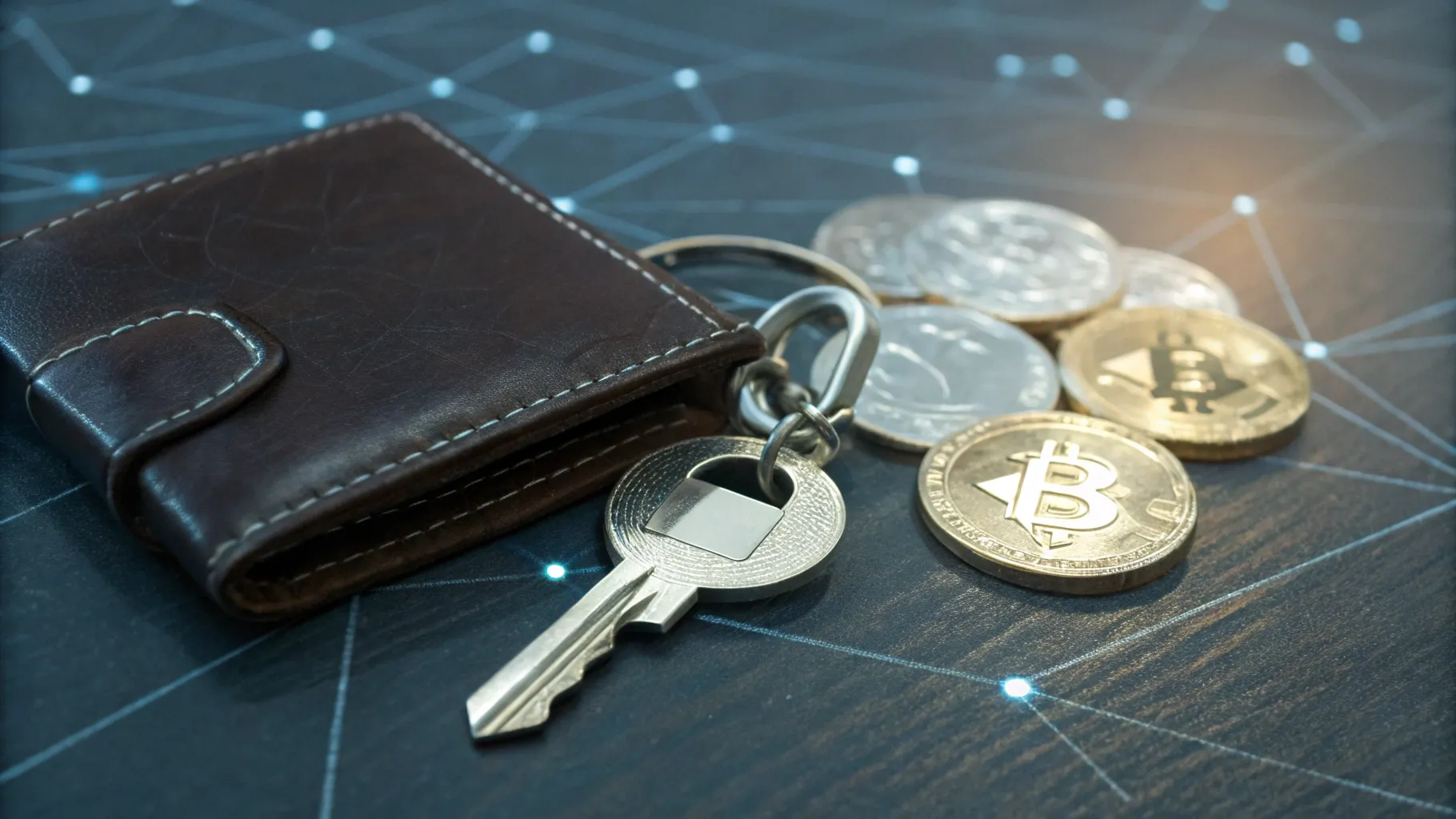
Types of Cryptocurrency Wallets: Custodial vs. Non-Custodial
When it comes to wallets, there are two broad categories to understand: custodial and non-custodial wallets. Each offers different benefits and trade-offs.
Custodial Wallets
Custodial wallets are typically offered by cryptocurrency exchanges like Coinbase. In this model, the service provider holds your private keys on your behalf. This means you don’t have to worry about managing backups or security updates yourself—the exchange handles all that.
This setup is convenient, especially for beginners, because it’s similar to traditional online banking. You trust the exchange to keep your keys safe, and you can easily access your funds through their platform.
However, convenience comes with a trade-off: you are trusting a third party with your keys. If the exchange is hacked or experiences technical issues, your funds could be at risk. Additionally, you relinquish some control over your assets since the exchange technically holds your keys.
Non-Custodial Wallets
Non-custodial wallets put you in full control of your private keys. This means you alone hold the master key to your crypto kingdom. There are two main types of non-custodial wallets:
- Hot wallets
- Cold wallets
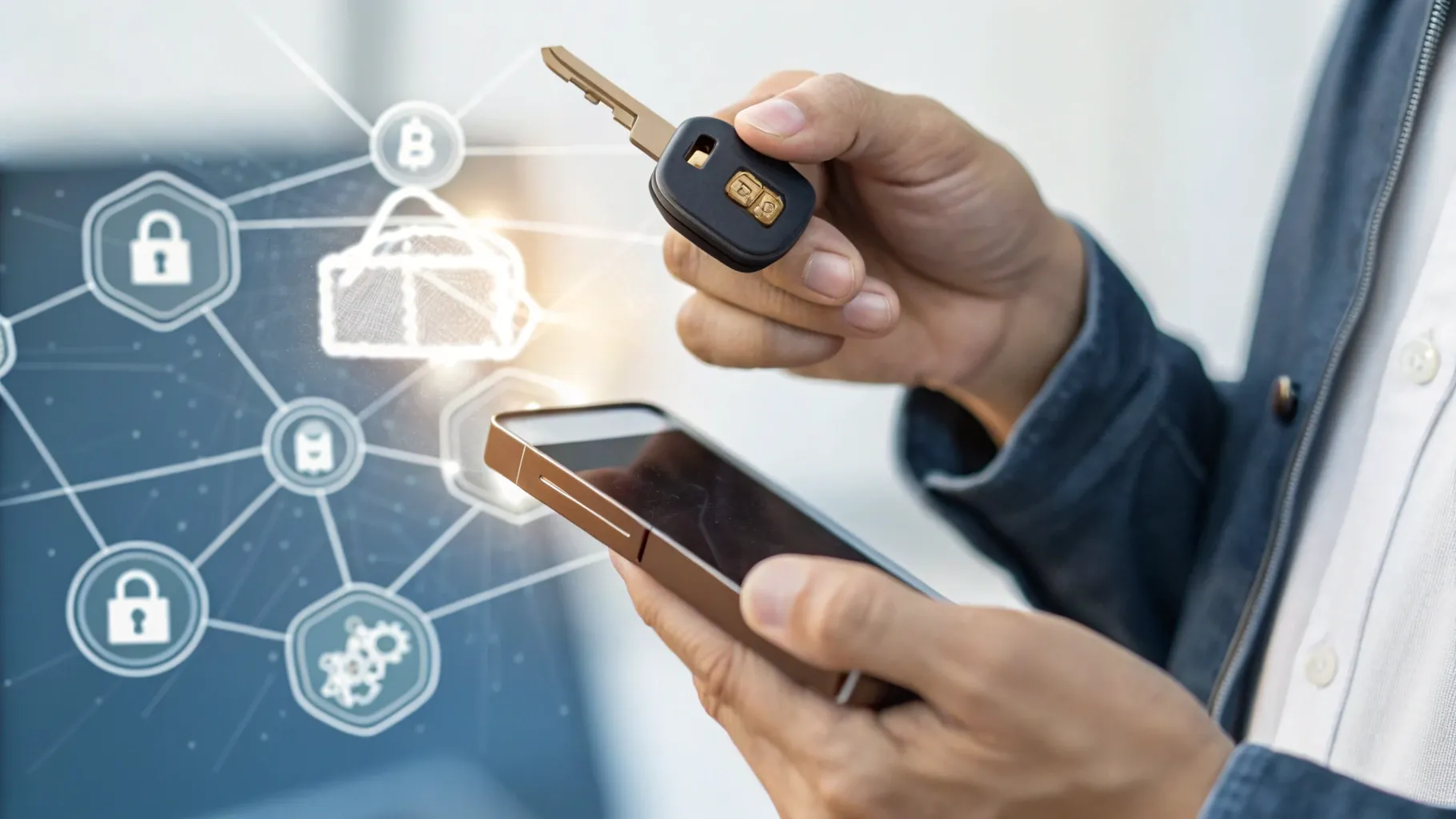
Hot Wallets: Convenience Meets Risk
Hot wallets are software-based wallets connected to the internet. Popular examples include MetaMask and various browser extension wallets. Because they’re online, hot wallets are incredibly convenient for day-to-day transactions, such as buying coffee with crypto or trading on decentralized exchanges.
However, this convenience comes with increased vulnerability. Being connected to the internet makes hot wallets more susceptible to hacking, phishing, and malware attacks. Imagine carrying cash in your pocket—it’s easy to access but also easy to lose or have stolen.
For this reason, hot wallets are best used for smaller amounts of cryptocurrency that you need to access frequently. They allow you to quickly send and receive funds without the hassle of offline security measures.

Cold Wallets: Offline Security for Long-Term Storage
Cold wallets, on the other hand, are physical devices or paper-based wallets that keep your private keys completely offline. Hardware wallets like Ledger and Trezor are popular cold wallet options.
Think of a cold wallet as a treasure chest buried underground—your keys are stored safely offline, away from hackers and malicious actors. These wallets only “come to life” when you physically connect them to a computer or device to sign transactions.
Cold wallets are slower to use and less convenient for frequent transactions, but they offer significantly enhanced security. They are ideal for storing larger amounts of cryptocurrency that you intend to hold for the long term without touching regularly.
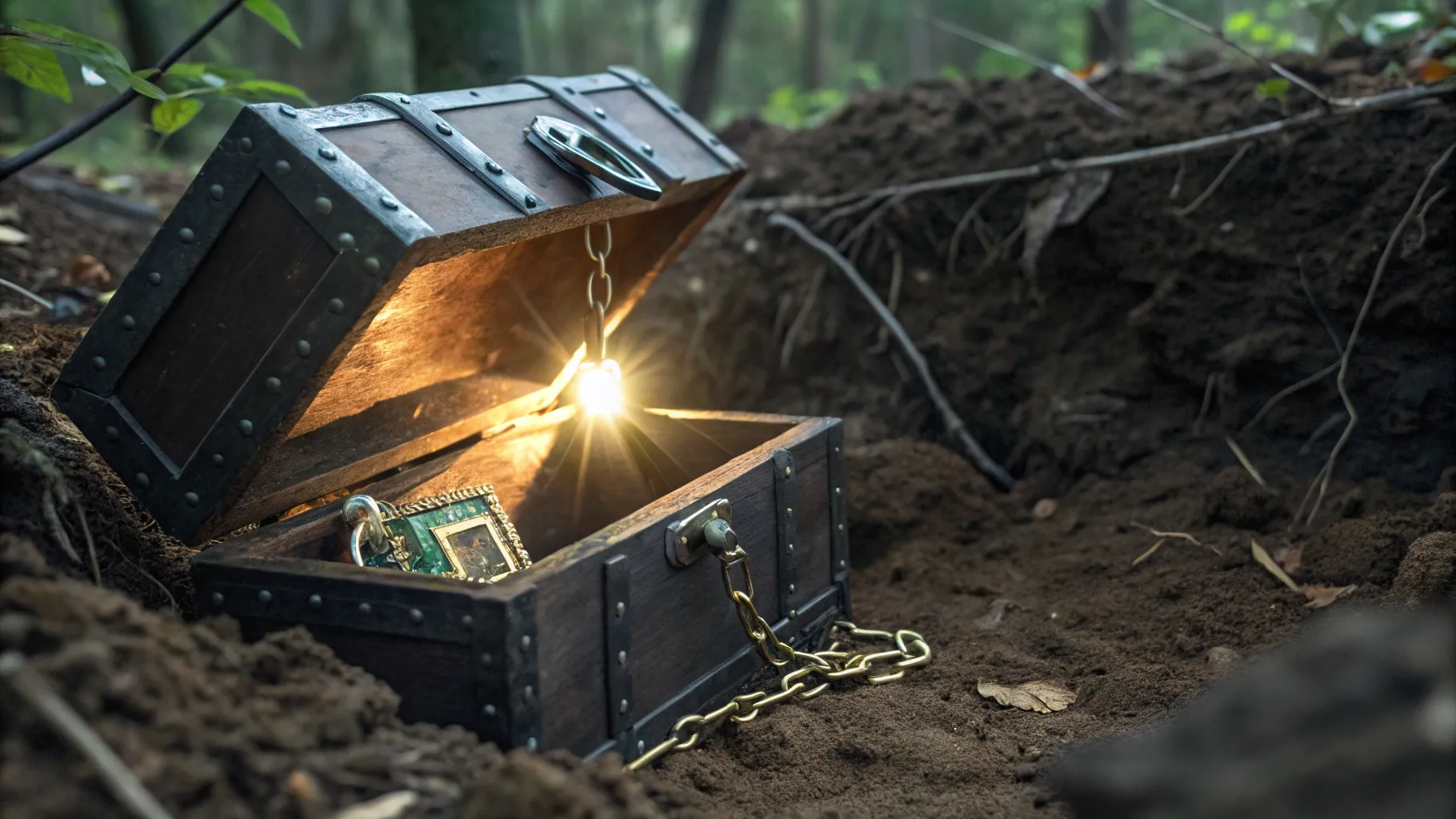
Combining Hot and Cold Wallets: A Balanced Strategy
Many experienced crypto users adopt a hybrid approach, leveraging both hot and cold wallets to balance convenience and security. Here’s how it works:
- Hot wallets are used for everyday spending and smaller transactions.
- Cold wallets hold the bulk of your crypto savings offline for maximum protection.
This strategy ensures you can quickly access funds when needed, while safeguarding the majority of your assets from online threats.
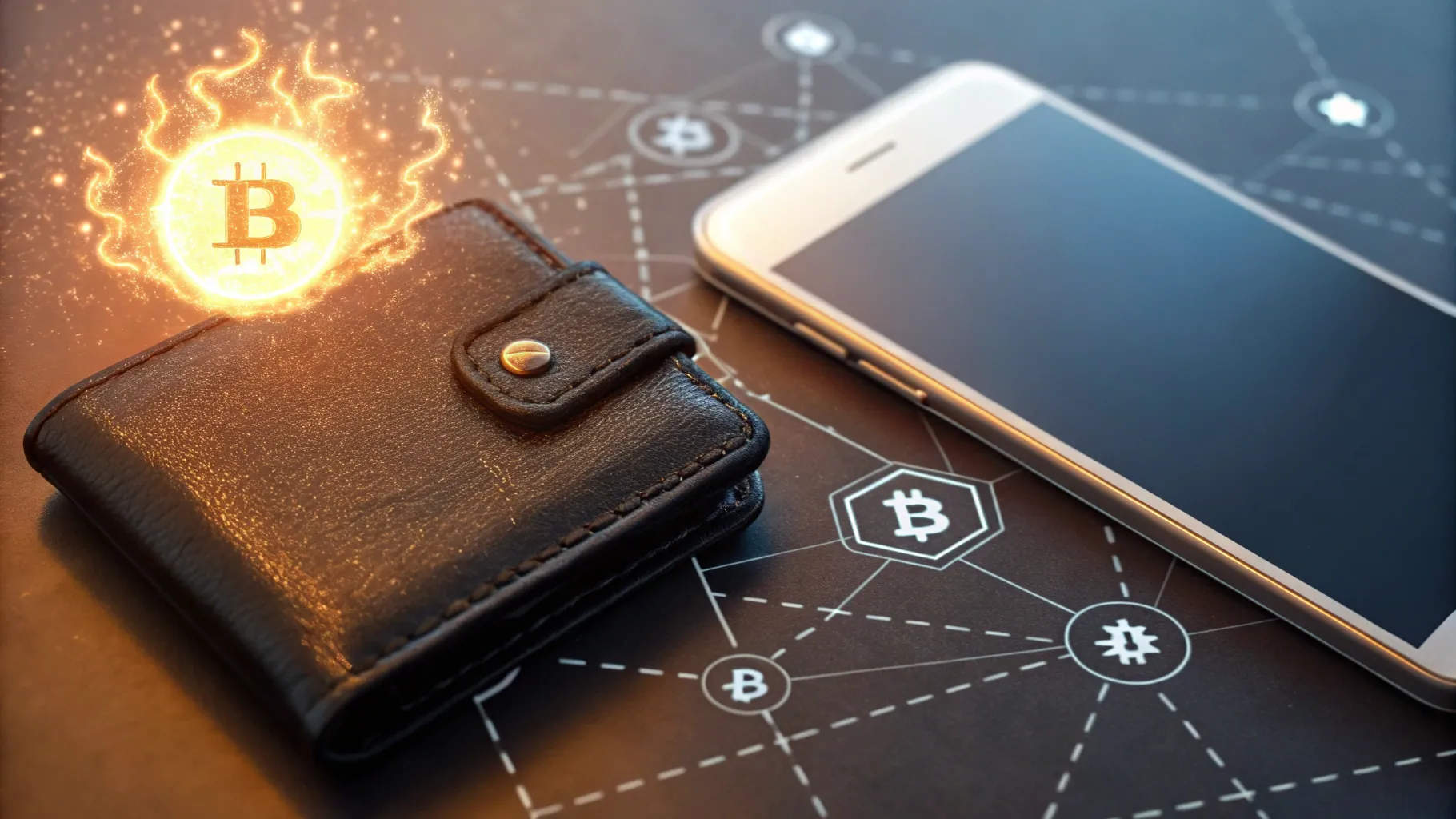
The Crucial Role of Seed Phrases
One of the most important aspects of non-custodial wallets is the seed phrase. This is a sequence of 12 to 24 words that acts as your master key to restore your wallet and access your funds.
Here’s the catch: if you lose your seed phrase, there is no backup or recovery option. Not even the wallet provider can help you regain access. This makes securely storing your seed phrase absolutely critical.
Some best practices for seed phrase security include:
- Writing it down on paper and storing it in a safe, secure location
- Never taking screenshots or storing it digitally where it could be hacked
- Considering multiple secure backups in different physical locations
Think of your seed phrase as your life savings. If it’s lost or stolen, your crypto assets are gone forever.

Is One Wallet Enough? Managing Multiple Wallets
Many users wonder if a single wallet is sufficient. The answer depends on your usage and security preferences. It’s entirely possible—and often recommended—to use multiple wallets for different purposes.
For example, you might keep a hot wallet for smaller, frequent transactions and a cold wallet to store your long-term holdings. Moving funds between wallets is straightforward: just send your crypto from one wallet address to another.
Remember, if your device breaks—whether it’s your phone or hardware wallet—you can restore your wallet on a new device as long as you have your seed phrase. This recovery process underscores the importance of that phrase above all else.
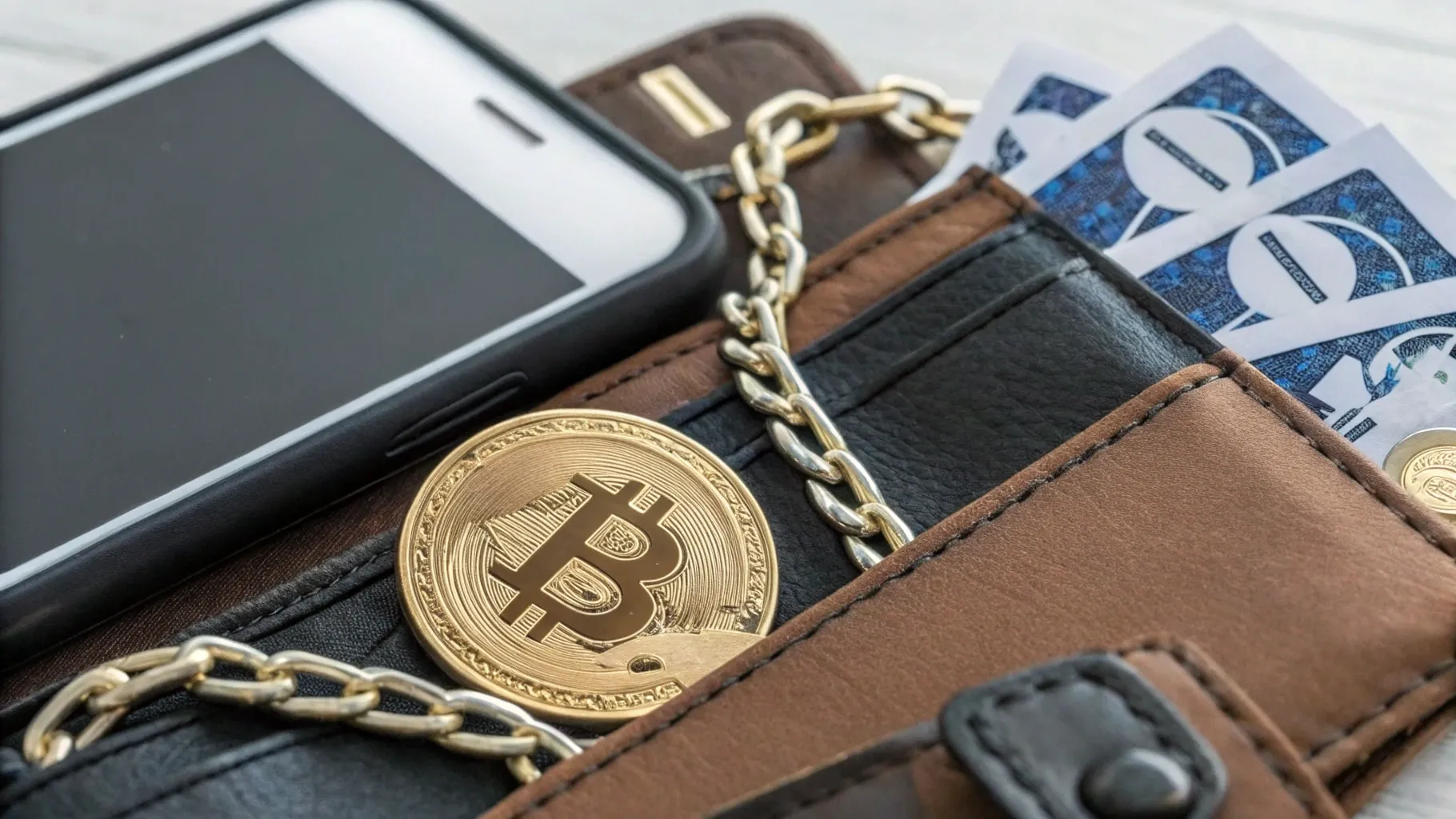
Wrapping Up: Choose What Fits Your Needs and Protect Your Keys
To recap, cryptocurrency wallets don’t store your coins—they store your keys. Whether you choose a custodial wallet for convenience or a non-custodial wallet for control, the key is to understand the trade-offs and protect your private keys at all costs.
Hot wallets offer ease of use but come with increased risk, while cold wallets provide superior security for long-term storage. Many find that a combination of both works best.
Above all, guard your seed phrase as if your financial future depends on it—because it does.
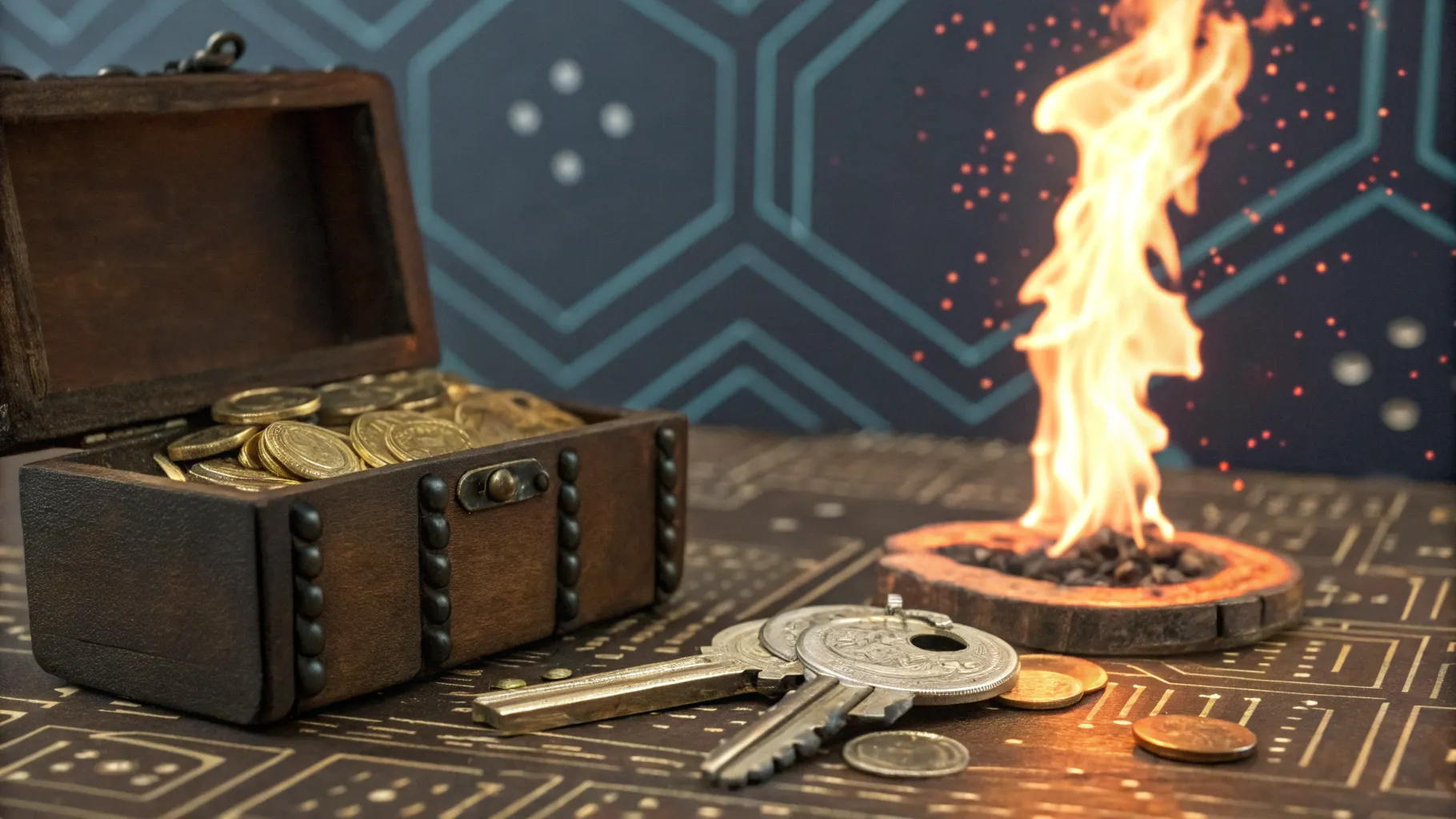
What’s Next in Your Crypto Journey?
Once you’ve mastered the basics of wallets, the next step is understanding how public and private keys work under the hood. These key pairs enable wallets to sign transactions securely and interact with the blockchain. Stay tuned as we dive deeper into this fascinating technology in future guides.
Remember, the world of cryptocurrency is exciting but complex. Always do your own research, stay informed, and never invest more than you can afford to lose.
"Protect that seed phrase like it's your life savings because, well, it is." – Dr. Funky
Happy crypto exploring!
Youtube Videos: https://www.youtube.com/@FunkyFaucetVodcast
Disclaimer: The information in this blog is provided strictly for informational, educational, and entertainment purposes and does not constitute financial, investment, legal, or tax advice, nor an offer or solicitation to buy or sell any security, cryptocurrency, or other asset. Cryptocurrency markets are highly volatile and largely unregulated; you could lose all of the money you invest, and past performance is not indicative of future results. Always do your own research and consult a licensed financial, tax, or legal professional before making any investment decisions. The author(s), contributors, and publishers may hold positions in the assets discussed, are not acting as fiduciaries, and shall not be liable for any loss or damage arising from your reliance on the information presented. Portions of this content are generated with the assistance of artificial intelligence and may be incomplete, inaccurate, or out of date; no guarantee is given regarding accuracy, completeness, or timeliness. By reading, you acknowledge and agree that you use this information at your own risk.